According to the Guinness World Records, the World’s Largest Spiders on record is a female Goliath birdeater (Theraposa blondi), a spider belonging to the tarantula family, that was found in Rio Cavro, Venezuela, in April 1965 by members of the Pablo San Martin Expedition. This particular spider has a leg-span measured at 11 inches, almost as big as a dinner plate.
Goliath birdeaters, which can weigh up to more than 6 ounces or 170 grams, are nocturnal, terrestrial creatures that make their homes deep inside burrows in the swampy areas of the rain forests of Venezuela, Brazil, Guyana, Surinam and the French Guinea.
Despite the name, Goliath birdeaters do not normally eat birds, preferring to prey instead on insects for their regular diet. Like other species of tarantulas, Goliath birdeaters carry venom in their 1-inch long fangs. Fortunately, their venom is not lethal, unless of course there is an allergic reaction or unless infection sets in. When threatened, they can however shoot tiny hairs off their bodies that can severely irritate the skin and mucous membranes of the target.
By rubbing the bristles on their legs together, they can also make a frightening hissing sound that can be heard up to 15 feet World’s Largest Spiders away.
Other very large species of tarantula include the pinktoe Goliath (Theraposa apapysis) which is as big as the Goliath birdeater, the Brazilian salmon pink birdeater (Lasiodora parahybana) which has a 10-inch leg span, the Brazilian giant tawny red tarantula (Grammostola grossa) which also has a 10-inch leg span, and the Colombian giant black tarantula (Xenesthis monstrosa) which has a 9-inch leg span.

Poecilotheria rajaei
Poecilotheria rajaei[/caption]
The Poecilotheria rajaei is another World’s Largest Spiders species of tarantula that was first discovered in 2009 in Sri Lanka. Aside from Sri Lanka, it has also been found in India. It has an 8-inch leg span and can be distinguished from other species by its grayish pink abdominal band and by the bright yellow and gray piping on its first and fourth pair of legs.
While preferring to live in or near trees and caves, these species of extremely large tarantulas are increasingly being forced to move to more urban settings because of deforestation and destruction of their natural habitat.
The giant huntsman spider (Heteropoda maxima) is a relatively new species of huntsman spider that was first discovered in a cave in northern Laos in 2001. In terms of leg-span, it is the biggest spider in the world. It has a leg-span of 12 inches, longer than that of the Goliath birdeater, although it has a much smaller overall body mass than the large tarantulas. .
Like other members of the Heteropoda genus, the giant huntsman spider can move extremely fast in any direction, even sideways just like crabs, and can cling on any type of surface. Including this newly discovered species, there are now over a thousand varieties of huntsman spiders.
While originally native to Asia and Australia, they can now be found in many parts of the world including California, Texas and Florida in the United States. In the wilds, they live near cave entrances, under rocks and within tree bark crevices. In urban areas, they can make their homes inside attics, basements and even the trunks or engine compartments of motor vehicles. Huntsman spider bites, while not normally lethal, can be quite painful and can cause localized swelling, sometimes accompanied by nausea, headaches, vomiting, irregular heart beats and palpitations. If picked up, huntsman World’s Largest Spiders automatically cling fast by reflex, making them much harder to shake off.

Hercules Baboon Spider – phot from flickr
Hercules Baboon Spider – photo from flickr[/caption]
is about as big and as heavy as the Goliath birdeater. Unfortunately, it is also the world’s rarest spider. In fact, it is so rare that only one living specimen has ever been seen by men, and that was way back in 1900. That specimen, now dead, is preserved at UK’s Natural History Museum. Like other baboon spiders, the Hercules baboon spider is indigenous to Africa. Presumably, it is also a ground-dweller and a nocturnal predator.
Actually, camel spiders are also not real spiders. They belong to an order all their own called Solifugae (literally meaning “those who flee from the sun”). In the Middle East where they are prevalent, they do like to stay under camels, but not because they are waiting for a chance to eat them but because they want to be shaded from the sun. While it is true that they run after people, it is only because they want to stay comfortably under their shadows.
The Brazilian wandering spider (Phoneutra nigriventer)
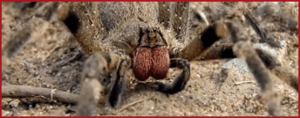
Armed or Banana Spider, cosidered the word’s most vemonous spider
Banana or Armed Spider[/caption]
has a leg span of up to 5.9 inches and is listed in the Guinness World Records in 2010 as the most venomous spider in the world. It is so named because, unlike other spiders which prefer to stay put in their lairs or web, this spider species makes no permanent home. Instead, it continuously wanders about the forest floor while actively searching for the next possible prey. The Brazilian wandering spider is one of the more aggressive spider species known to man. While native to Brazil and other South American countries, the Brazilian wandering spider has managed to reach other parts of the globe by stowing away in crates of banana and other fruit shipments. In densely populated areas, this spider species can pose real danger. Being nocturnal creatures, they sleep during the day. Who knows World’s Largest Spiders, there might even be one sleeping right now inside your old oven toaster or under your rarely used summer hat. Gotcha
!


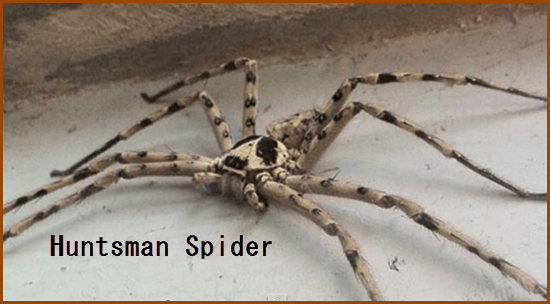
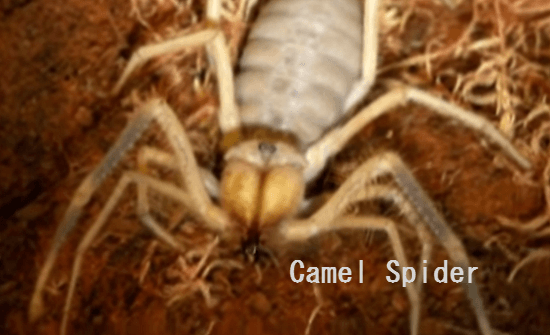
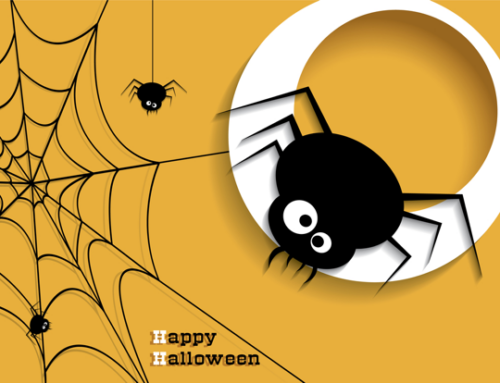
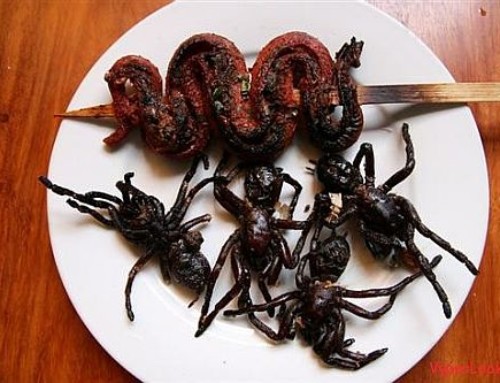
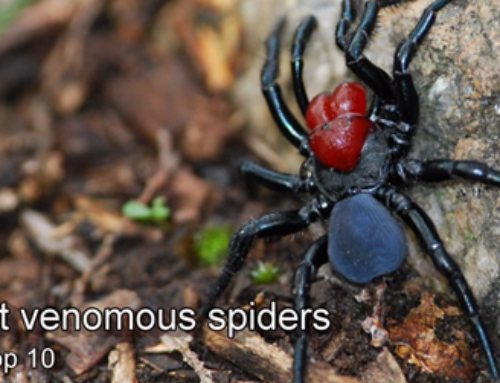
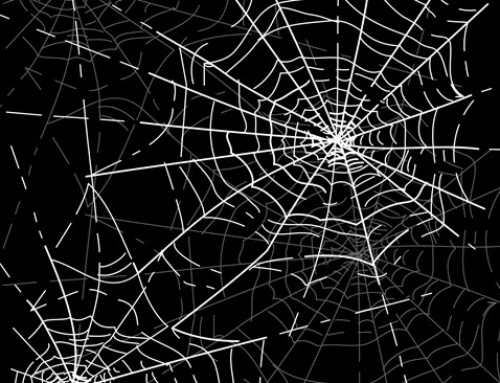

Leave A Comment
You must be logged in to post a comment.